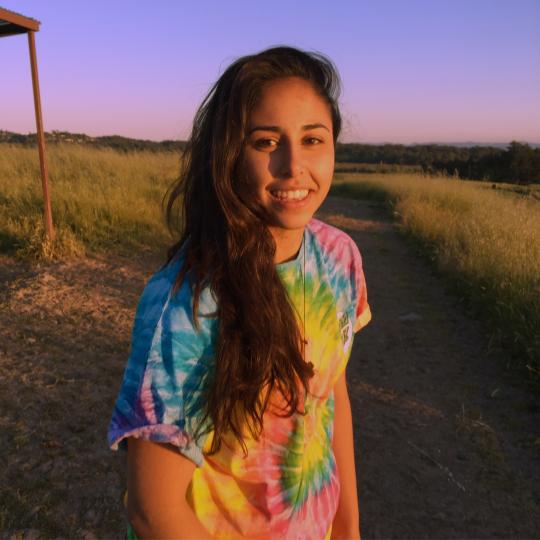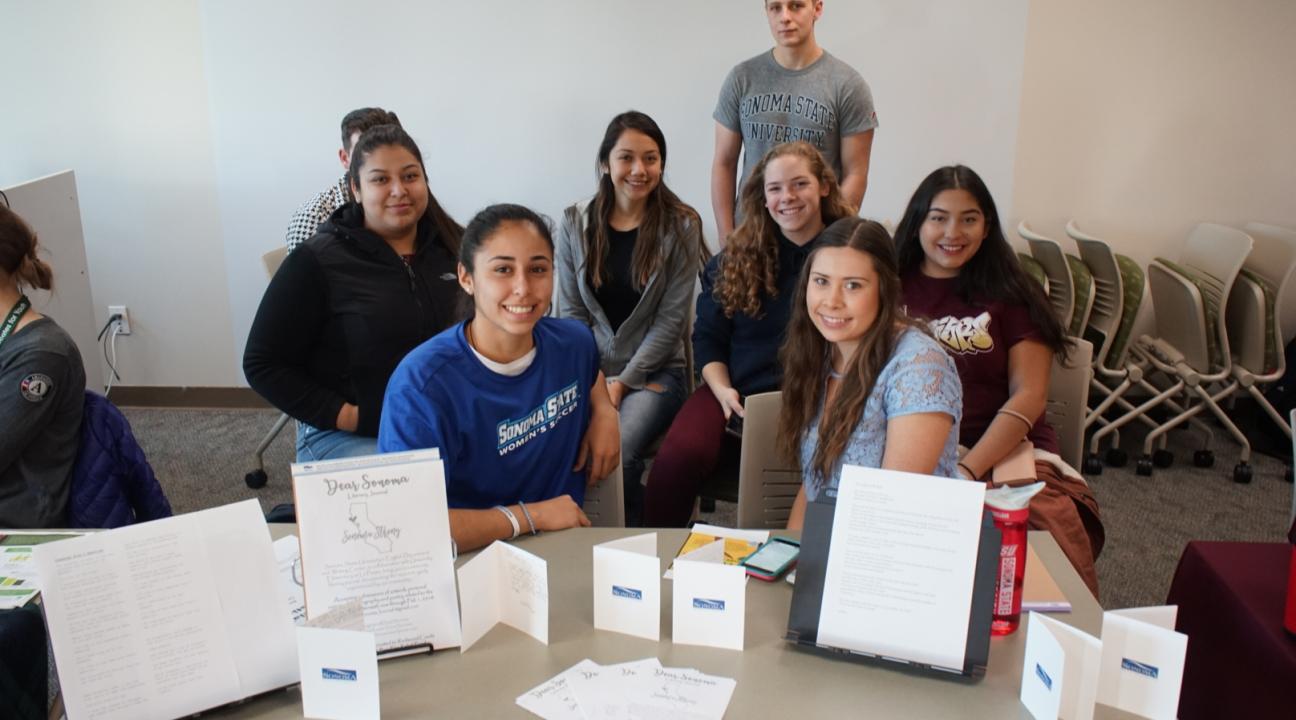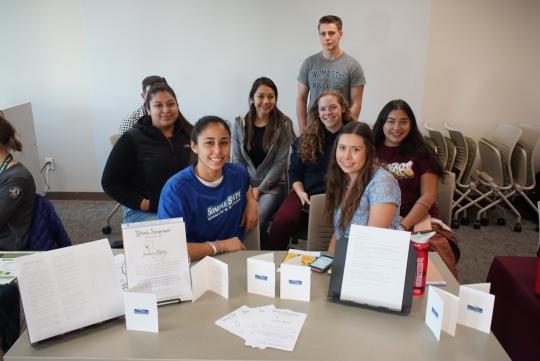Dear Sonoma Journal Service-Learning Project Fosters Connections Between Students & Community
I was a part of the class working alongside Professor Emily Seder on the Dear Sonoma Journal. Our initial goal was to compose a journal that not only will help heal Sonoma County but also which can be sold to collect funds going towards the Community Foundation Sonoma County Resiliency Fund. Being a part of this effort has been such a beautiful and rewarding experience. It has allowed my peers and I the opportunity to explore service-learning beyond a surface level and engage with our community.
We learned about two different approaches to service-learning; traditional service-learning: a response to an individual human need, otherwise reported as a " band-aid" service" and critical service-learning: creates an opportunity for students to understand the social policies creating the service-learning opportunities that cultivate a cycle of dependence, perpetuates inequality, and reinforces an "Us Vs. Them" dichotomy.
The Dear Sonoma Journal itself is an example of a critical service-learning approach. It can be considered as such because there are different responsibilities incorporated into this service-learning project. The team I'm part of is responsible for reviewing and editing submissions, another team's responsibility is publicity, among others. Collecting submissions as a class working with those directly affected by the fires in our community, we are being educated about the grand issue being faced. Accomplishing the tasks we've come up with as groups, we are also actively working towards change.
During the week of November 13 - November 17 of 2017, we were able to hold a workshop at La Fiesta Elementary School to help students with their submissions to our journal. I didn't have any expectations for my visit to La Fiesta but welcomed it with an open mind and was delightfully surprised. By the time I visited La Fiesta for our workshop, students had already completed the writing pieces they wished to submit to our journal. I helped students with the submission process and polished their work. I'm very grateful for the connections I made and the conversations I had with the kids.
I recall a conversation I had with a student named Deena. As we sat at the child-sized table and chairs, I helped her fix the spelling on her acrostic and she began to talk about the future she was planning. She either wanted to attend Sonoma State and pursue art or go to cosmetology school. I thought back to what it was like to be her age, a child's perspective, a future with endless possibilities what now seemed unrealistic. Then I thought to myself and realized that I was in the wrong. This realization couldn't have come at a better time in my life and it was my reminder to be bold and the spark that reignited my ambition. It is exactly this kind of insight that is native to service-learning. I was personally positively impacted by this service-learning experience.
Before having the opportunity to work with the pieces being submitted to the Dear Sonoma Journal, my perspective was essentially one of an outsider. As much as I believe every individual's story holds to be important, I've noticed that there are certain submissions that are written with such a passion that exuberates raw emotion that only those directly impacted by this tragic event can evoke. Their words express a great deal of pain; pain so deep and intense that the readers themselves can feel and although it is only but a fraction, it permanently changes their perspective.

Author: Maleni Morales



